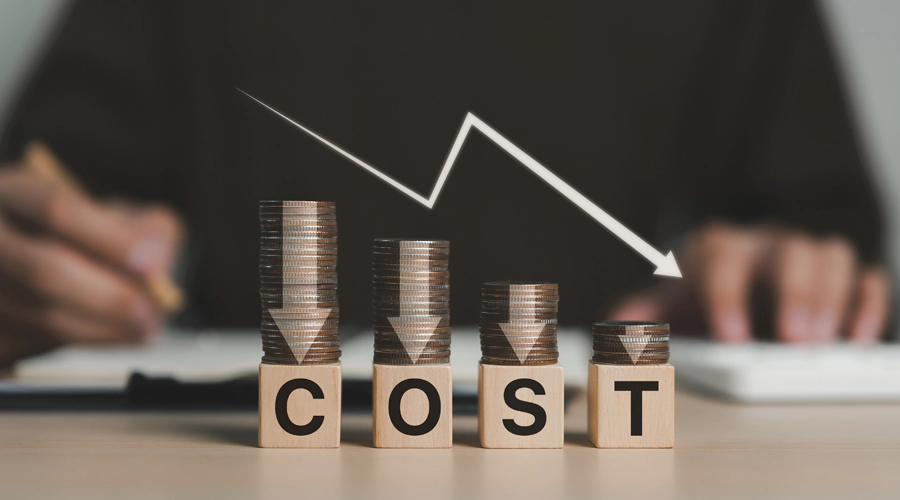Low Energy Costs
In today’s world with all the problems we are noting with our environment, it is only natural that more and more people are searchingon the hunt for a greener way to live. Because of this, we have resolved to take a better look at solar panels. Rather than paying a staggering twenty thousand dollars to get one, we will look at a program that will help you to safely make your own. The name of this useful program is “Home Made Energy”.
Even though utilizing solar power can be considered “green living”, its benefits are not limited to the ecosystem. It is, nonetheless, a fantastic way to begin. Solar power can easily help you to save lots of money on your electrical bill. In this difficult economic climate, few do not want to save money where they can. The Home Made Energy program will show you exactly how to accomplish that.
Lights and appliances are carefully selected for lowest power consumption, so you can get the most benefits from the fixed amount of power available. When visiting a well designed solar electric home, you might not even notice the difference until someone tells you.
1. Design whole house (water, heat, power) for low energy use. Use propane or other fuels, never electricity, for all major heating appliances. This means furnace and room heaters, kitchen range or stove, water heater, and clothes dryer should use propane, oil, natural gas, wood, thermal solar, whatever; but NOT electricity. Also choose convection furnaces or vented heaters that require no electricity to operate or distribute their heat. Use evaporative coolers instead of air conditioning.
2. Carefully select very special low energy lights and appliances. Solar electric homes use special electric refrigerators and freezers that do the job using only 1/4 as much power.(Some use gas refrigerators). Prices are more than conventional appliances, but savings in the cost of the energy system are greater than the appliance cost because fewer solar panels and batteries are required.
3. Eliminate waste of energy by appliances, and by human carelessness. Use timer switches for outdoor lights and maybe in children’s rooms, and shut off lights when they are not directly being used. Learn where your energy is going and see if each load is necessary. For example, even when switched off, some appliances draw power all the time, (Stereo, TV, VCR, some office equipment, garage door openers etc). These particular items, called phantom loads, should be disconnected completely by a wall switch or switched outlet strip, when not in use.
After meeting those three measures, a practical and affordable solar electric system (or wind, or micro-hydro or a combination) can provide electricity for your home.
What you can do to lower your energy costs?
Most household appliances and lights use only a little electricity, easily supplied by the sun, wind and, micro-hydro. Solar electric homes convert most of their power to 120 volt AC to use as needed for household appliances and lights. Most common are lights, water pump, TV-VCR-Satellite, computer, stereo, vacuum cleaner, kitchen appliances sewing machine, power tools and office equipment. Even high wattage appliances like microwave oven, hair drier, toaster and clothes washer consume little power because their actual running time is short. Various water pumps, including deep well pumps up to 1/2 horsepower, are used. Special design electric refrigerators and freezers save energy in a solar home; gas and small DC powered refrigerators are also used.
No Major Electric Heat Producing Appliances: Electric heat, electric hot water, electric cook stove, electric heated clothes drier, and air conditioner account for 80 percent of typical monthly electric bills. It is absolutely not practical to operate major heating appliances with electricity. These uses from twenty to one hundred times the power your TV uses. Other fuels produce heat at a much lower cost. Use wood or propane fueled furnaces; propane cook stoves and water heaters; use gas fired clothes dryers (or just a rope in the sun). Building homes with passive solar heat design saves heating fuel for the rest of our life. Read our energy efficient appliance section for more information on ways to use less power.
Avoid Most Large Refrigerators and Freezers: Standard, non-Energy Star rated refrigerators have poor insulation and run long hours every day. Most still use well over 1.5 kilowatt hours per day, over 450 kilowatt hours per year. Careful shopping can turn up a few models using less power. Special electric refrigerators and freezers designed for solar powered homes use much less power, and are shown in our Refrigeration section. These highly insulated units can save 50% of the energy consumed by most ordinary refrigerators. Your savings in total cost of your power generating equipment are greater than the added cost of efficient appliances. Propane refrigerators are another good option.
Air Conditioning: is too energy intensive to be practical, other than a window unit in a very large solar power system. Evaporative cooling- swamp coolers work well in non-humid areas.




